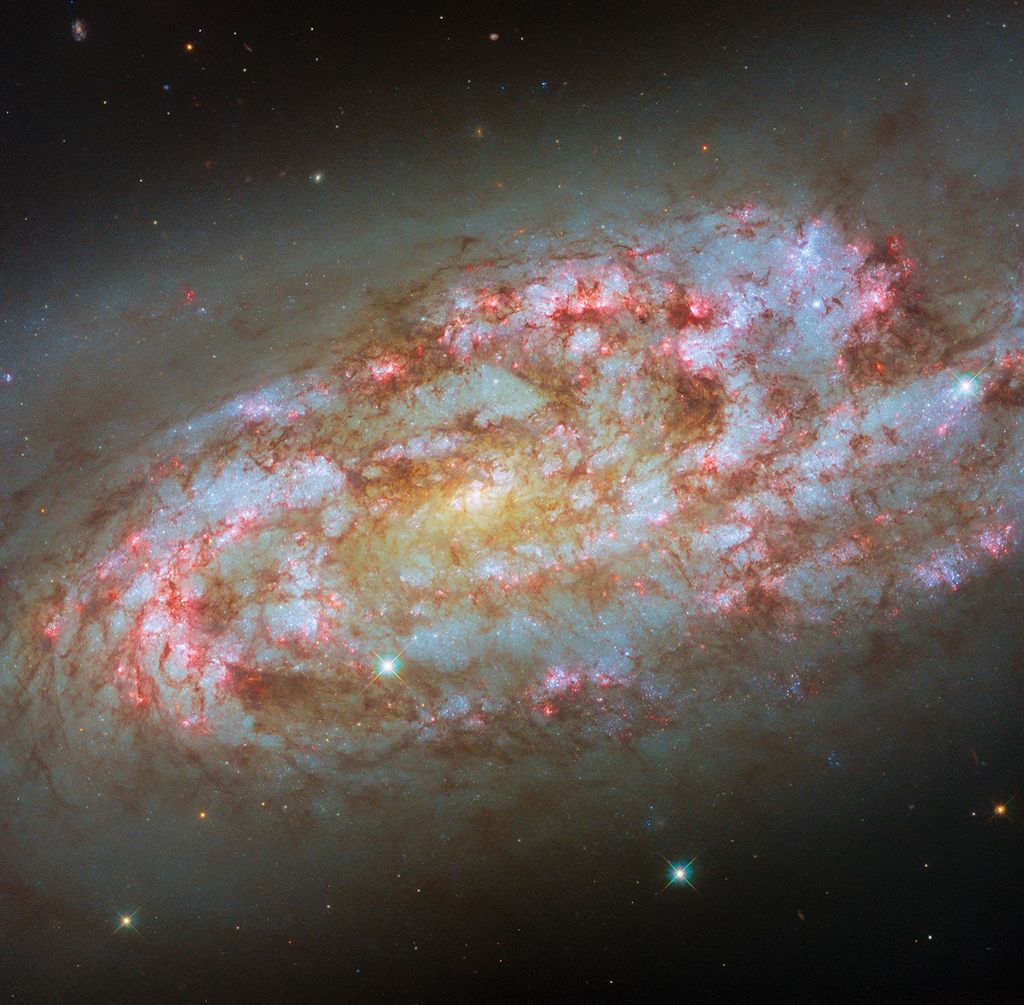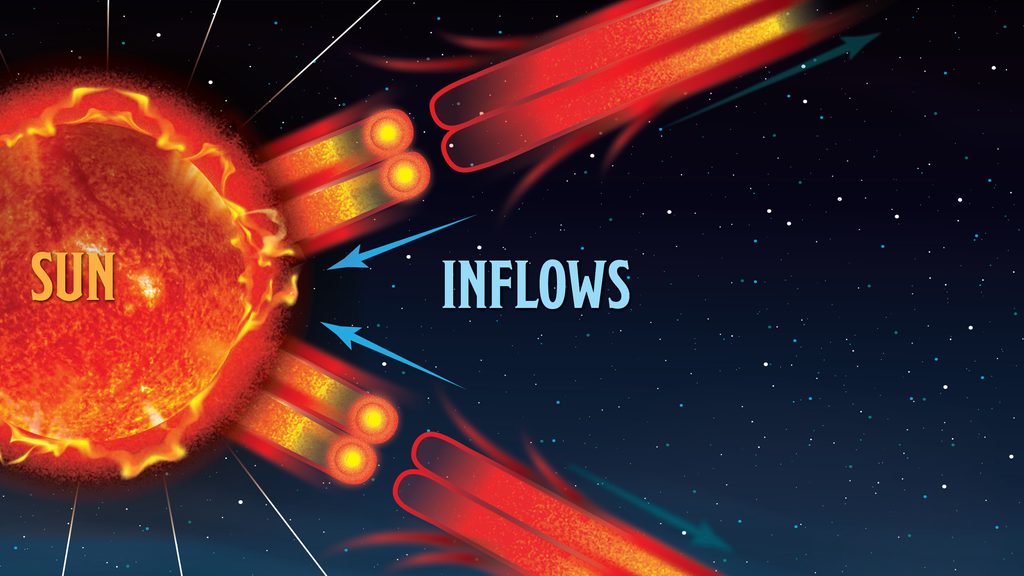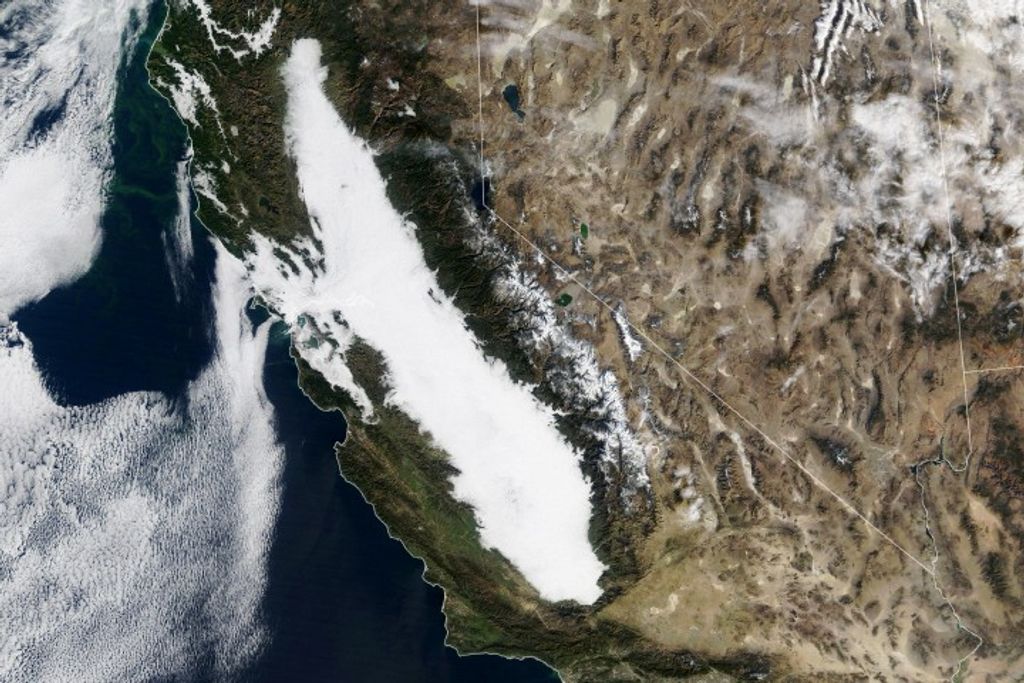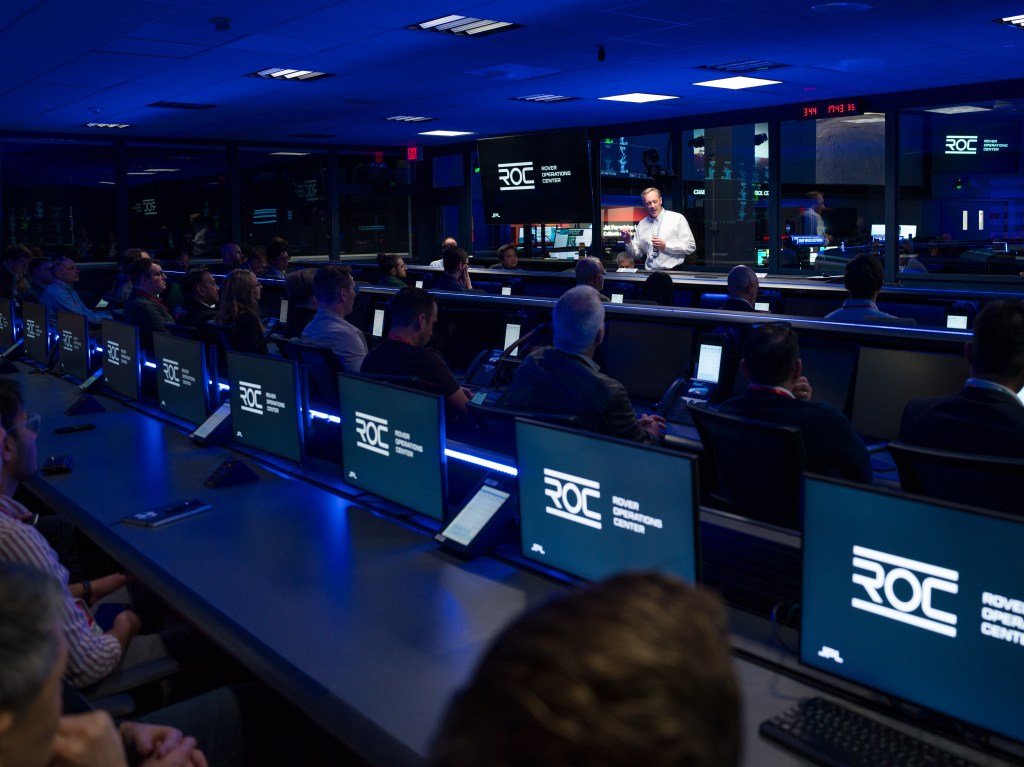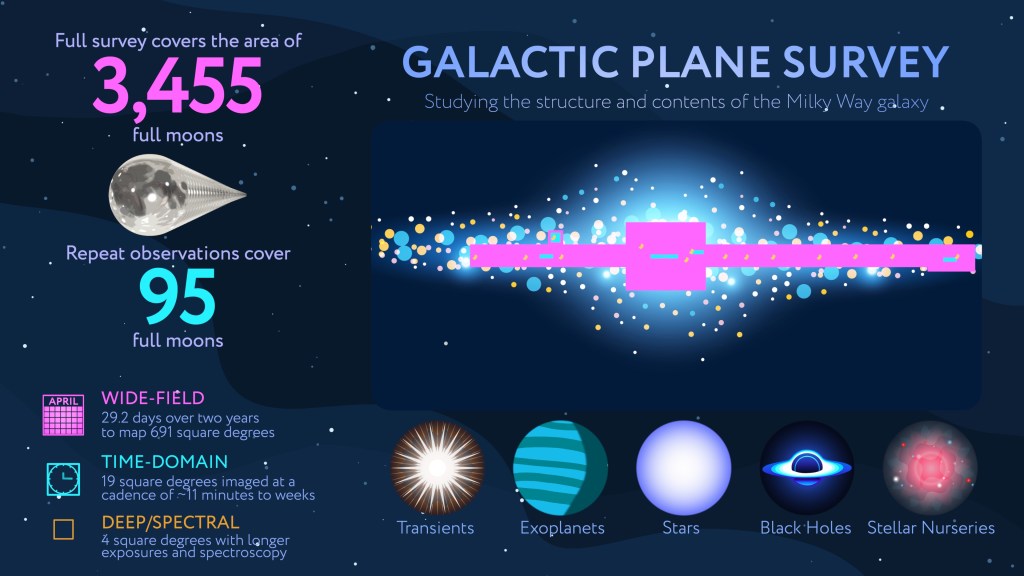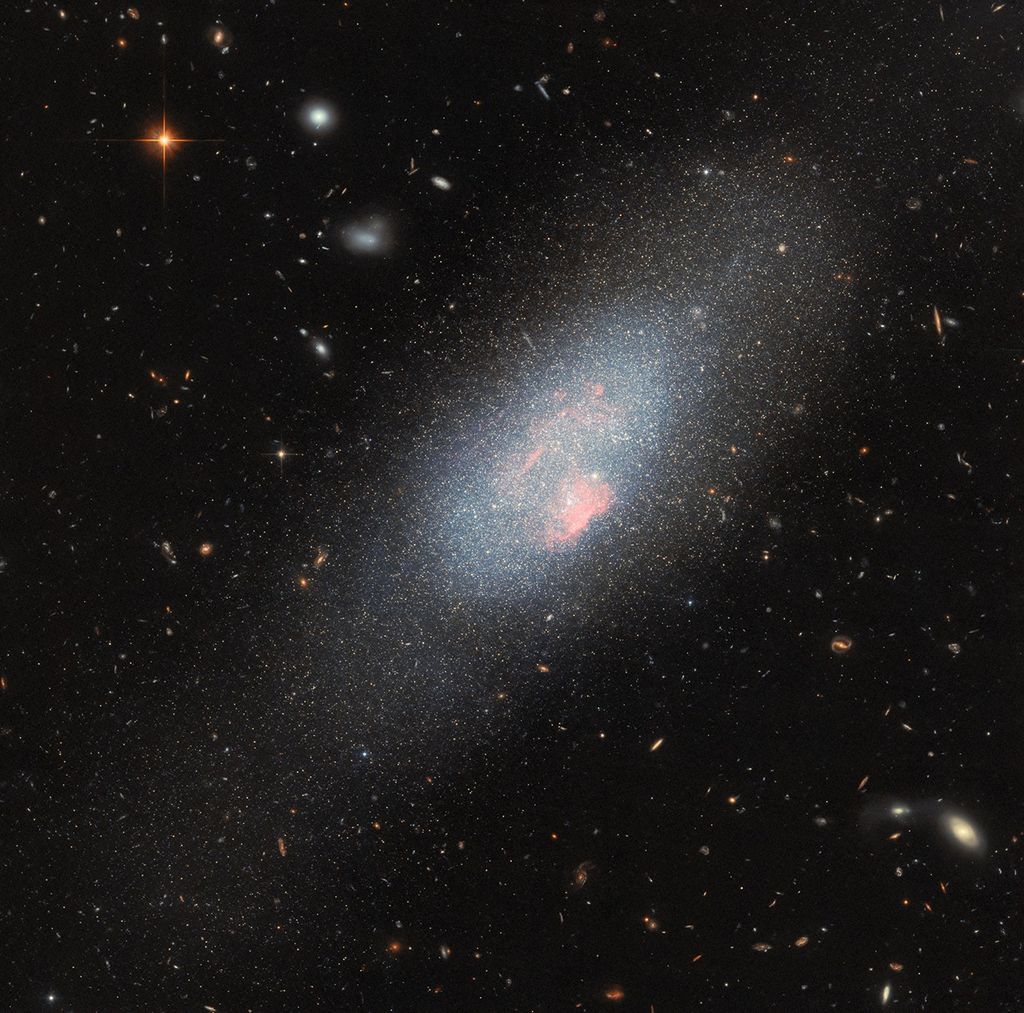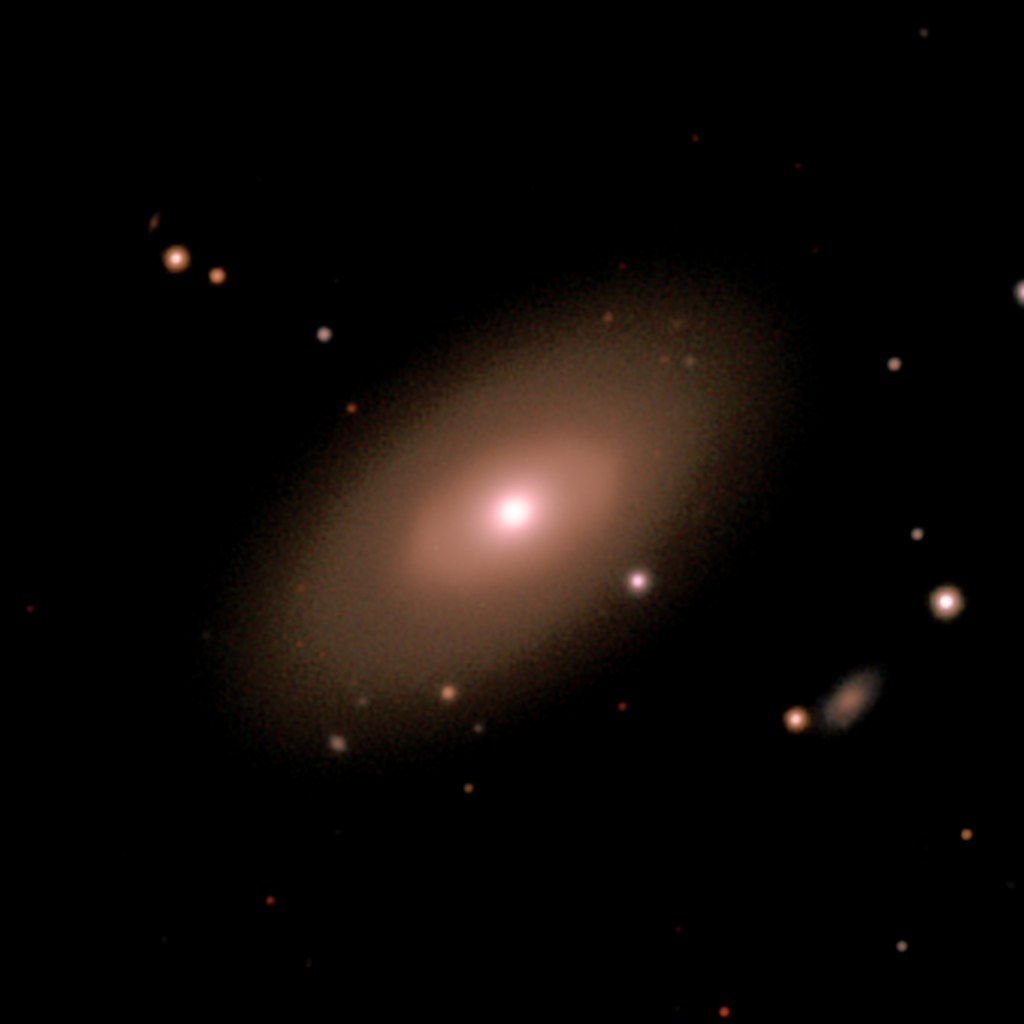UV STIG Seminar
UV Science and Technology Interest Group : Quorum for Ultraviolet Exploration of Science and Technology (QUEST) Seminar 11
DATE
Oct 20, 2023
TIME
2:00 pm EST
COMMUNITY
UV STIG
TYPE
Seminar
QUEST Seminar 11 : Double Header on Photothermal UV Detectors
Microwave Kinetic Induction Detectors (MKIDs)
Ben Mazin (UCSB)
Optical and near-IR Microwave Kinetic Inductance Detectors, or MKIDs, are superconducting detectors that can tell you the energy and arrival time of each individual photon without false counts. In this talk I will discuss the recent progress my group has made on improving MKID spectral resolution to R > 30 and fielding them at some of the largest telescopes in the world.
Superconducting Nanowire Single Photon Detectors (SNSPDs)
Boris Korzh (JPL) and Adam McCaughan (NIST)
Superconducting nanowire single-photon detectors (SNSPDs) are the highest performing sensors available for time-resolved single-photon counting, having demonstrated system efficiencies as high as 98% in the near-infrared, dark count rates below 1 x 10-5 cps per pixel, array formats as large as 400,000 pixels and sensitivity from the ultraviolet (250 nm) to the mid-infrared (29 μm), while possessing zero read noise. With typical operating temperatures between 1 – 4 K, a growing number of applications are adopting SNSPDs. These detectors are currently deployed at the Palomar Observatory as the ground receiver for NASA's Deep Space Optical Communication (DSOC) project, scheduled to receive data from the Psyche spacecraft, as well as other facilities such as Table Mountain, White Sands and Goldstone. Current development efforts are focused on demonstrating SNSPD arrays with broadband efficiency from the far-UV to the near-infrared, as well as raising the technology readiness level through radiation, vibration and lifetime testing.
News Straight to Your Inbox
Subscribe to your community email news list
We will never share your email address.





